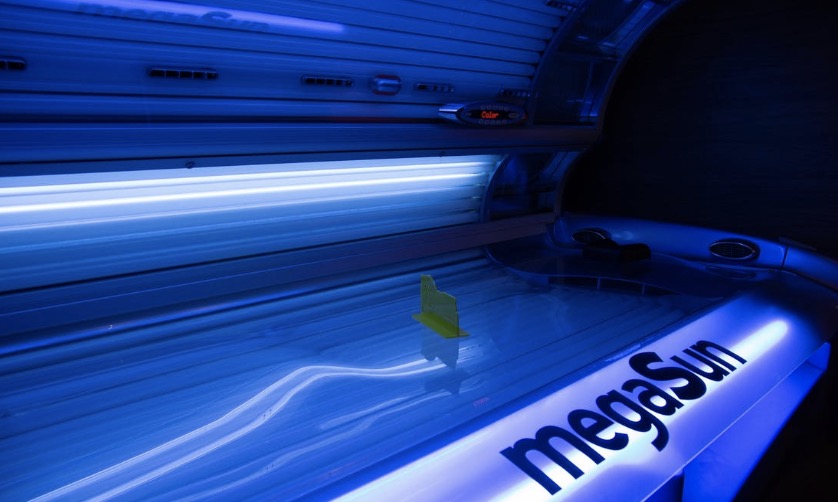Many people enjoy time spent in the sun. The warmth, the natural vitamin D, and the mood boost sunshine offers are easy to indulge in.
While time spent in the sun is entirely normal and typically recommended, staying safe during exposure is essential to prevent skin cancer. There are multiple forms of skin cancer, but all can wreak havoc on your health if not treated early.
Because of the health risks, life insurance with skin cancer tends to cost more than without it. Though this potential diagnosis can seem frightening to many people, it shouldn’t discourage you from spending any time in the sun.
If you take the proper precautions, you can help prevent skin cancer.
Story Stages
Apply Plenty of Sunscreen While Outdoors
Although sunscreen is an obvious tool many people use when keeping their skin safe from the sun, it’s common for sunscreen to be misused. Applying sunscreen is a great preventive measure, but you must do it consistently.
When you take a trip to the beach or plan to spend extended time outdoors, bringing your bottle of SPF is essential. The recommended application of sunscreen is every two hours while you are outside.
Keep in mind that there are also different levels of sun protection factor (SPF). Options such as 50 or higher are typically recommended as they prevent more ultraviolet (UV) rays from penetrating the skin. However, a higher SPF does not mean you should wait longer than two hours to reapply.
Applying sunscreen with enough SPF and reapplying every two hours is an excellent first step in preventing skin cancer.
Cover Susceptible Areas of Skin While in the Sun
Some portions of your skin could be more prone to excessive sun exposure than others. Typically the scalp, face, chest, and arms see the most sun compared to other body parts.
While spending time outside, covering these areas up can significantly reduce your risk of skin cancer. Many options are available for hats, and some are even made specifically for sun exposure, with wide brims to shield your face, neck, and scalp.
Long sleeves are highly recommended as well since arms tend to see a large amount of sun exposure. If the weather is hot, shirts can be lightweight to help avoid overheating. No matter the thickness, the layer of fabric separating your skin from the UV rays makes all the difference.
Sunglasses are also essential during the time spent in the sun. However, it’s vital to check the label on the sunglasses you are purchasing. Many brands have built-in UV blockers, but be sure to check the label, which will indicate for certain. Many people may mistake polarized lenses for UV protection, but they are not the same thing.
Eyes can be susceptible to cataracts, macular degeneration, and even sunburn if exposed to the sun for prolonged periods of time. It’s recommended to wear UV-blocking sunglasses every time you are out in the sun.
Plan Your Sun Exposure Around Peak Hours
Between 10 am and 4 pm are considered peak hours for sun strength. Though sometimes it may be unavoidable to be outside during these hours, they should be avoided if possible.
You are the most susceptible to sun damage while rays are the strongest. If you must be outside between these peak hours, apply ample amounts of sunscreen, cover up your skin, and protect your face as much as possible. This can significantly reduce your chance of skin damage.
Even if it is a cloudy day, you should still be diligent about protecting your skin. In fact, some clouds may even enhance the sun’s rays.
It can be easy to go outside during peak hours without sunscreen or protective clothing on cloudier days, but it isn’t wise. You may find yourself absorbing more UV rays than you think.

Avoid Sunless Tanning Beds
Tanning beds can cause serious health risks many people may not consider. Though people enjoy the tan they receive from these devices, especially in the winter months, the risk is simply not worth the reward.
Though there are many negative side effects of tanning beds, such as premature aging, eye damage, and allergic reactions, cancer is the most concerning side effect. These tanning beds have been associated with two types of cancer — squamous cell carcinoma and melanoma.
Melanoma is known to be the deadliest type of skin cancer due to its ability to grow quickly and spread to any organ in the body. Using sunless tanning beds can increase your chance of developing melanoma by up to 20%.
While having a nice color to your skin is something many people desire, sunless tanning beds are not the way to achieve this look. If you still want to be tan, you can ask your local salon about spray tanning options they may offer. You can achieve the bronzed look you’re hoping for without the harsh UV rays with a spray tan.
Don’t Wait to Speak to Your Doctor
Skin cancer is never 100% preventable, no matter how many precautions you take. However, early detection does allow time for a cure.
Checking for any new or unusual-looking spots on your body and regular visits with your dermatologist can significantly increase your chances of early detection. If you notice any moles that seem out of the ordinary, call and schedule an appointment immediately.
Even if the spot turns out to be nothing, you will still be relieved to know for sure, rather than worrying. If it is something to be concerned about, your doctor can begin early treatment to fight and cure skin cancer. Make sure your health insurance covers such regular screenings.
Preventing Skin Cancer for Better Health
Time in the sun is something countless people enjoy, typically as often as possible. However, many people don’t consider their skin cancer risk while enjoying the warm rays.
If you hope to help your overall health and prevent skin cancer, there are a few essential steps to take. Wearing and correctly applying sunscreen, covering with protective clothing, staying inside during peak hours, and avoiding sunless tanning beds can significantly reduce your risk of skin cancer.
If you notice anything out of the ordinary, don’t hesitate to make an appointment with your doctor. They can help with early detection and treatment.
Skin cancer is a scary thought. But taking the proper preventative measures can help you prevent and possibly treat this disease.
Alexandra Arcand writes and researches for the life insurance comparison site, QuickQuote.com. She is an avid lover of the sun who enjoys keeping her skin protected while enjoying its rays.
